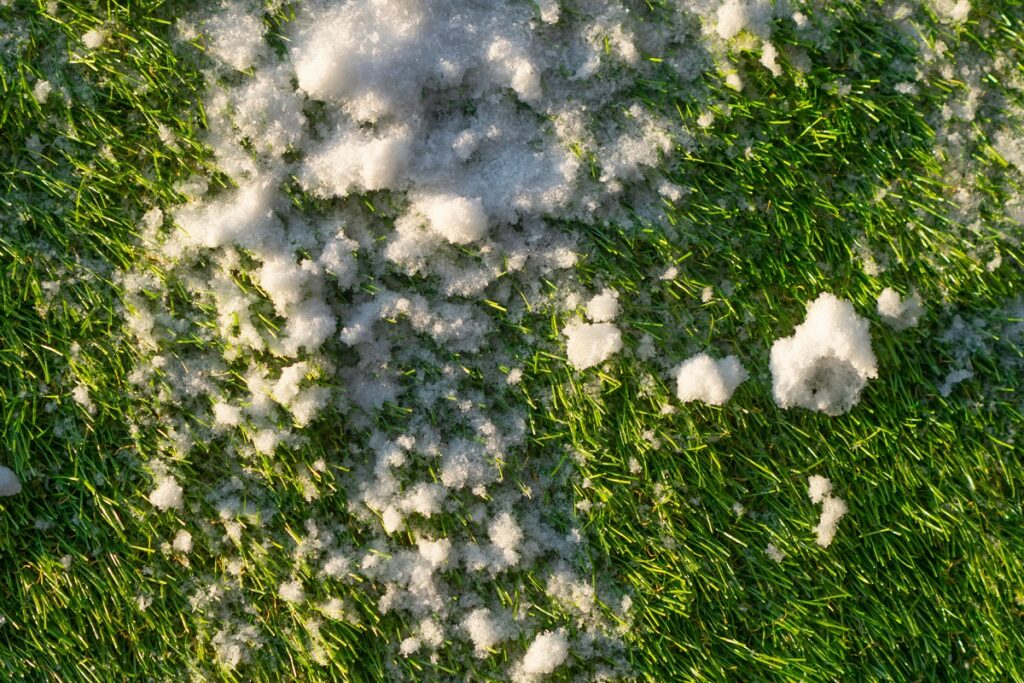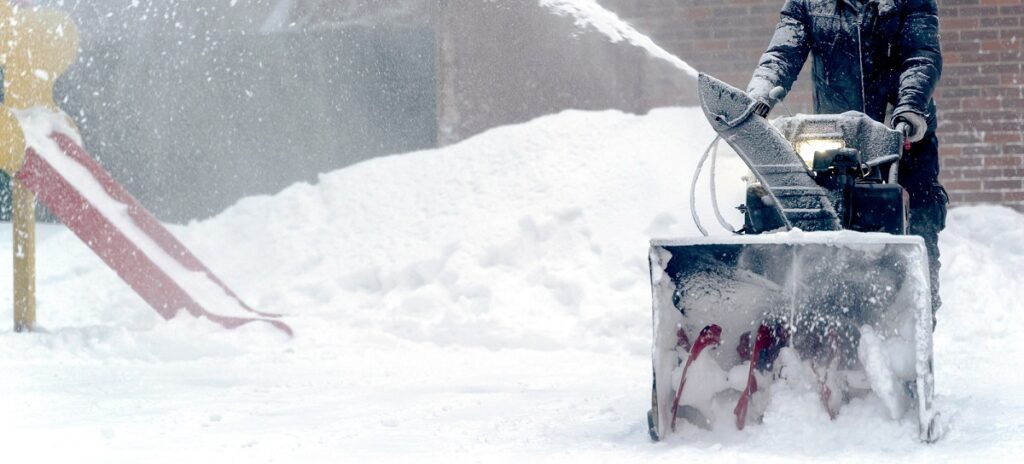How To Remove Snow From Your Artificial Turf
Winter brings with it a picturesque landscape covered in a blanket of snow. However, for those with artificial turf, it can also bring challenges when it comes to proper snow removal. Thankfully, with the correct techniques and tools, you can easily and safely remove snow from your artificial turf, maintaining its pristine condition and ensuring its longevity.
In this comprehensive guide, you can read through the effective snow removal tips, helping you keep your artificial turf looking its best even during the harshest winter months. From preparing your turf to employing the right tools and techniques, get ready to conquer the snow and enjoy a snow-free and flawless artificial turf all season long.

1. Preparation Is Key
Before you begin the snow removal process, gather the necessary tools. You’ll need a snow blower, a plastic snow shovel, a soft-bristle broom, and ice melt or a pet-safe deicer. These tools will help you efficiently remove the snow without causing any damage to your turf. Meanwhile, if you don’t have the essential tools for snow removal, it may be best to hire Colorado Springs snow removal services or other similar companies. With professional help, you need not worry about buying new snow removal tools, which can be costly and time-consuming.
2. Start with Gentle Techniques
With high-quality artificial turf, the process of snow removal won’t do too much damage to your turf as long as it’s done gently. Even with extreme weather, such as harsh winters, premium quality artificial turf can still withstand it despite rare maintenance. Thus, it’s recommended to explore and invest in superior artificial turf from https://vantaoutdoors.com/artificial-turf/ and other similar reputable brands.
But as mentioned, to prevent damage to the turf fibers, ensure to use gentle techniques when removing snow from your artificial turf. Begin by using the soft-bristle broom to gently sweep off the top layer of snow. This technique is particularly effective for light snowfalls. Use broad strokes and avoid pressing too hard on the turf to prevent any potential damage. Remember, a gentle touch sets the stage for successful snow removal without compromising the allure of your artificial turf.
3. Use A Snow Blower for Larger Areas
When faced with vast expanses of snow-covered artificial turf, a snow blower can be a time-saving tool. This versatile tool expedites the snow removal process while safeguarding your turf’s integrity.
When choosing the type of snow blower, opt for a single-stage snow blower for artificial turf. These machines are designed to handle lighter snowfall and work well on surfaces like turf. Remember to adjust the blower’s settings to a low speed to prevent excess force that could potentially damage the turf fibers.
Furthermore, keep the blower nozzle slightly above the turf’s surface. That way, the blower doesn’t directly contact the turf, preventing any unintentional harm. The powerful airflow will lift and remove the snow without compromising the turf’s structure.

4. Use Plastic Snow Shovel for Compact Snow
When dealing with compacted or heavy snow, opt for a plastic snow shovel. This tool allows you to delicately remove compacted snow while preserving the immaculate surface of your turf. Avoid using metal shovels, as they can tear or scratch the turf.
Gently slide the plastic shovel beneath the snow and lift it off the turf without applying excessive force. This technique prevents undue stress on the turf while removing the snow efficiently. Furthermore, hold the shovel at a slight angle while sliding it under the snow. This angle allows you to lift the snow smoothly without exerting excessive pressure on the turf. Be cautious not to angle the shovel too steeply, as this could damage the turf beneath.
5. Use Ice Melt or Pet-Safe Deicer Sparingly
If ice has formed on your artificial turf, use an ice melt or pet-safe deicer to melt it. However, exercise caution and use these products sparingly, as they can damage the turf if overused. Follow the manufacturer’s instructions and avoid products containing rock salt, as they can be harmful to both your turf and the environment.
6. Mind Your Brushing Technique
After removing most of the snow, use the soft-bristle broom again to brush away any remaining snow traces. Maintain a light touch and use sweeping motions in the direction of the turf’s fibers. This will help restore the turf’s natural appearance and prevent matting.
7. Regular Maintenance Matters
As winter blankets your surroundings in a layer of snow, the importance of regular snow removal becomes evident in your quest to keep a good-looking lawn during winter. Thus, remove snow from your artificial turf as soon as it falls. Frequent, light maintenance during snowy periods is more effective than waiting for heavy snow accumulation. This practice will prevent the snow from compacting and making the removal process more challenging.
8. Avoid Harsh Chemicals
While it may be tempting to use strong chemicals to melt ice and snow quickly, these can damage your artificial turf’s materials. Harsh chemicals can lead to discoloration, degradation, and reduced lifespan of your turf. Stick to gentle methods and products to preserve the quality of your investment.
9. Consider Professional Help
If you’re unsure about the proper snow removal techniques or worried about damaging your artificial turf, consider hiring professionals specializing in turf maintenance. They have the expertise and correct tools to effectively remove snow without causing harm to your turf.
Wrap Up
Maintaining your artificial turf’s pristine appearance during the winter months requires a thoughtful approach to snow removal. By using the right tools and techniques, such as soft-bristle brooms, snow blowers, and plastic shovels, you can remove snow without causing damage. Remember to avoid harsh chemicals and consider seeking professional assistance if needed. With proper care, your artificial turf will remain beautiful and functional for many winters to come.
